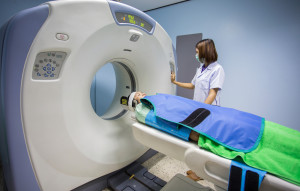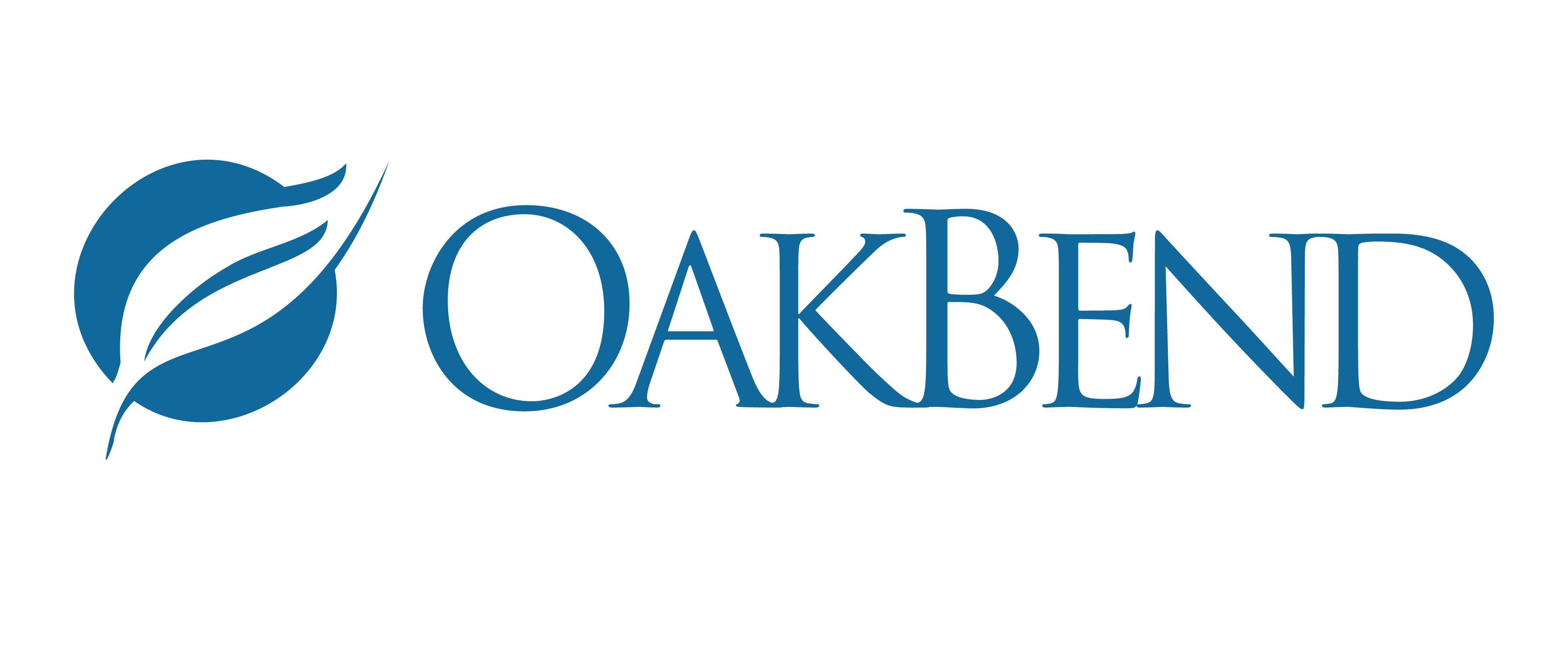 MRIs and CT scans are both diagnostic exams which provide images of the inside of the body. However, they are each designed to accomplish different tasks. Please read more about the differences in MRIs and CT scans below:
MRIs and CT scans are both diagnostic exams which provide images of the inside of the body. However, they are each designed to accomplish different tasks. Please read more about the differences in MRIs and CT scans below:
MRIs
Magnetic resonance imaging (MRI) scanners use a powerful magnetic field, radio waves and a computer to create 3D images of the bones, organs, soft tissues and most other internal body structures. MRIs are the “gold standard” for imaging the nervous system.
• Uses – MRIs are excellent for detecting very small differences in soft tissues, joints, ligaments and tendons. MRIs are frequently ordered by doctors to scan the spine, neck, breast, brain, abdomen and muscles.
• Radiation – MRI scans do not use x-ray radiation.
• Patient Comfort – MRI scans are non-invasive and usually painless. The patient is placed inside a narrow tube which can cause anxiety for individuals who are uncomfortable in tight spaces. Open MRIs have been created for this purpose.
• Timing – The time depends on the area being examined but can range from 15 minutes to 2 hours.
• Cost – MRIs are typically more expensive than CT scans.
• Side Effects – Adverse reactions to the IV contrast are very rare.
• Limitations – Individuals with any metal or metal objects in their body, such as pacemakers, some prosthetic joints and rods, metal plates and even some tattoos, can be affected by the MRIs magnetic field and may deem a person ineligible for MRIs. Also, larger patients may not necessarily fit in the tube and should opt for an open MRI instead.
CT Scans
CAT scans (CT) use x-ray equipment to create multiple images of the inside of the body.
• Uses – CT scans are great for looking at bones, and very good for looking at soft tissues, especially when used with intravenous contrast dye. They can identify the exact size and location of tumors. CT scans are also extremely helpful in diagnosing fractures and serious injuries to the chest, abdomen, head, spine and pelvis.
• Radiation – CT scans are created by multiple x-rays, and therefore expose the individual to radiation, although it is minimal. Pregnant women should not undergo CT scans.
• Patient Comfort – CT scans are also non-invasive and usually painless. They are open, so space concerns are not an issue for CT scans.
• Timing – CT scans are really quick and can be completed in less than 5 minutes.
• Cost – CT scans are generally cheaper than MRIs
• Side Effects – Allergic reactions to the intravenous contrast can sometimes occur but the chances are very small. People with diabetes or kidney problems and those who are dehydrated could possibly develop kidney injuries.
• Limitations – Most individuals can get CT scans without any issues. However, people who weigh over 300 pounds might need to make sure their imagining facility has a table designed to handle the weight.
The imaging and radiology team at OakBend Medical Center is specially trained to care for both children and adults. They offer a full range of imaging services including MRIs, CT scans, bone density testing, general X-rays, mammograms, ultrasounds, interventional radiology and nuclear medicine. The facilities at OakBend Medical Center include state-of-the-art technologies, including digital imaging, to provide you with the most advanced diagnostic services available when you need them most. The doctors and staff will take great care to use the lowest amount of radiation possible to produce the best images.
OakBend Medical Center has five Imaging Center around the greater Houston area for your convenience. Additionally, the Jackson Street and Williams Way locations both offer weekend hours. If you or a loved one are in need of imaging services please call OakBend Medical Center today at 281-341-3000. For more information, please click here to view or print the Imaging services brochure.
The Differences Between MRIs and CT Scans
OakBend Medical Center © 2023 All rights reserved | Site Development by: IBI Marketing
